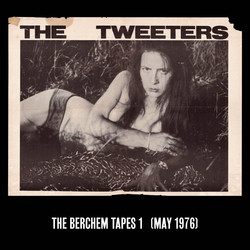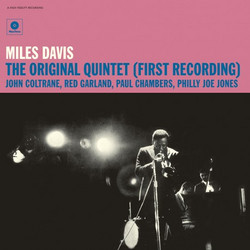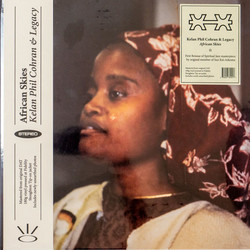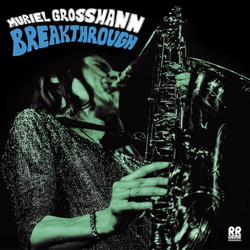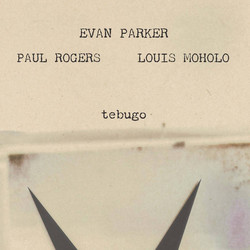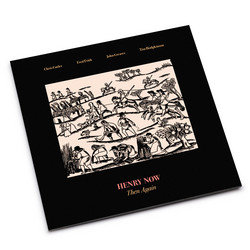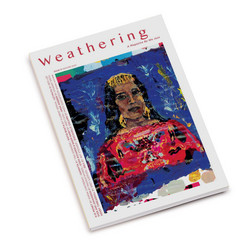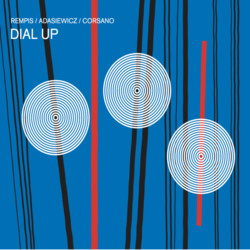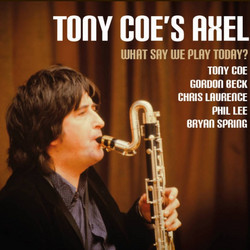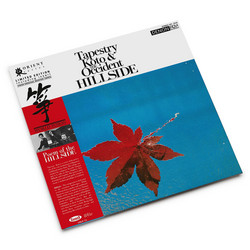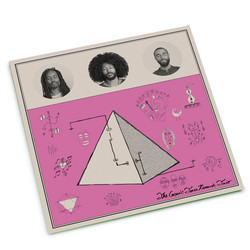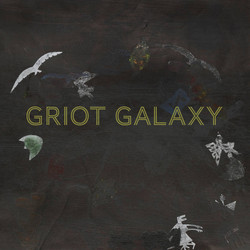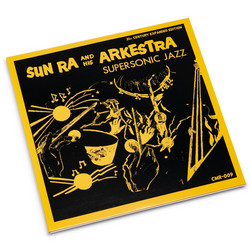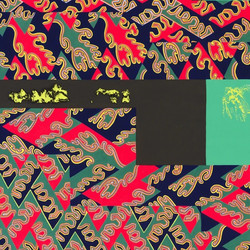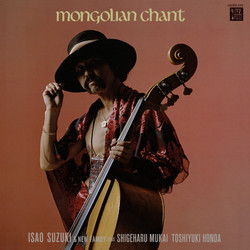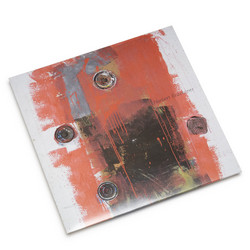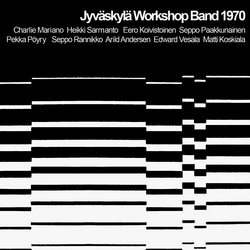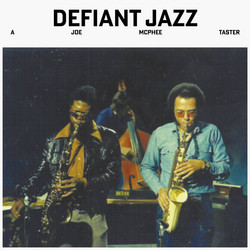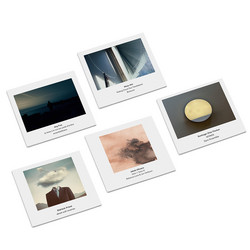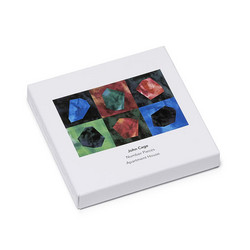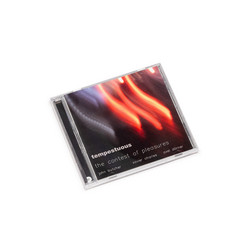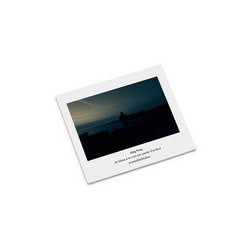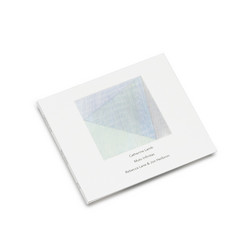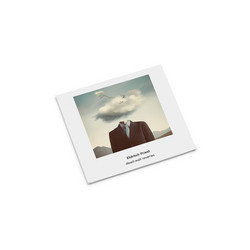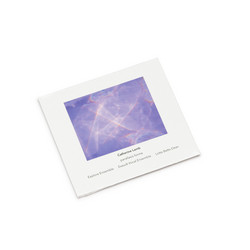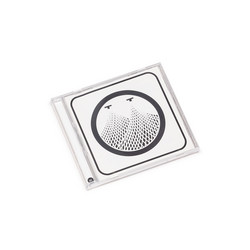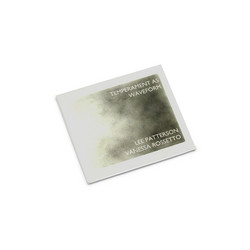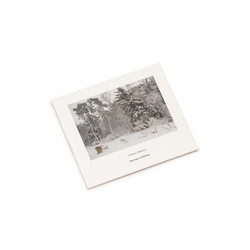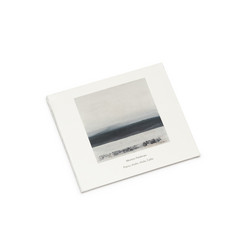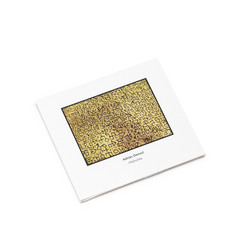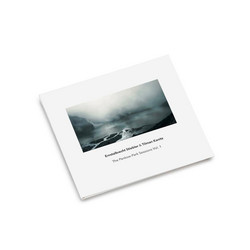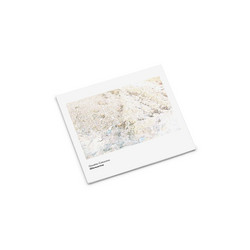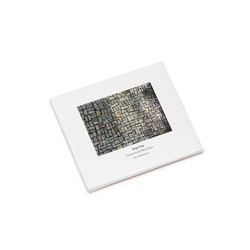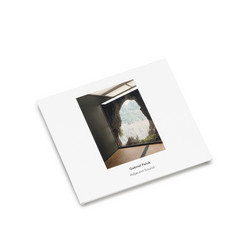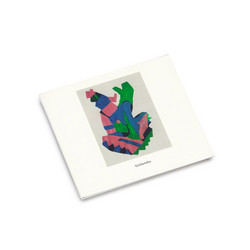Under the name Tierce, Jez riley French, Ivan Palacky, and Dan Jones assemble a sonic laboratory for their album Caisson. The lineup holds French’s broad toolbox - field recordings, salt, paper, contact mics, prepared zither, and electronics - alongside Palacky’s signature amplified knitting machine and Jones’s turntable setup. The result, a single extended live improvisation, is a display of ensemble subtlety and the tactile intrigue of ordinary instruments used in extraordinary ways. Recorded in the reverberant context of a concert space, the trio’s interventions fuse the sonic residue of place, memory, and spontaneous action into a delicate, shifting ecosystem.
The music moves between zones of near silence and rhythmic pulse - at times filled with mechanical whir, shimmering static, and unobtrusive drones, at others hollowed out by unexpected space or polite interruption. The group’s methodology steers clear of spectacle and instead foregrounds intricate interaction, restraint, and the fragile unpredictability of found sound. Palacky’s knitting machine produces both industrial rhythms and erratic motif, French’s field recordings and zither add environmental color and friction, and Jones’s electronics anchor and touch the ensemble with shifting atmospheres.
Reviewers have noted the success in combining such disparate elements: the sound world veers at times toward the industrial, then back into glimmering abstraction, yielding a unique collaborative art that values listening, placement, and the hidden drama of sonic discovery. Caisson sits as a principal document on ensemble improvisation with found sound, emphasizing how the art of attention - with all its risk and humility - can produce music as haunting, unpredictable, and incisive as any contemporary chamber work.


